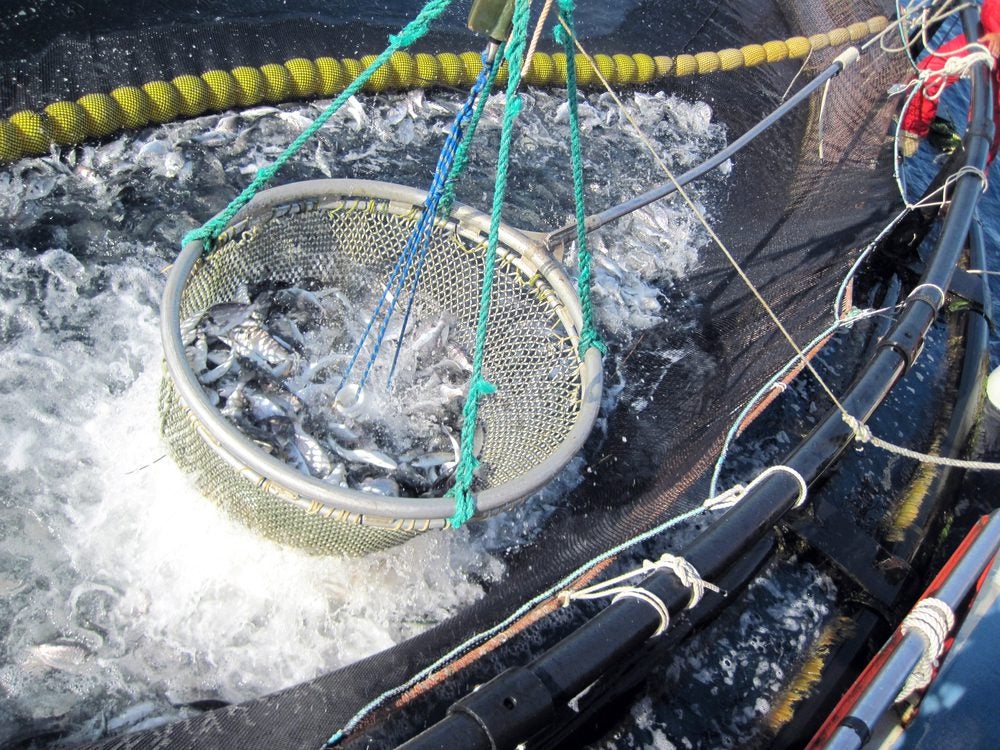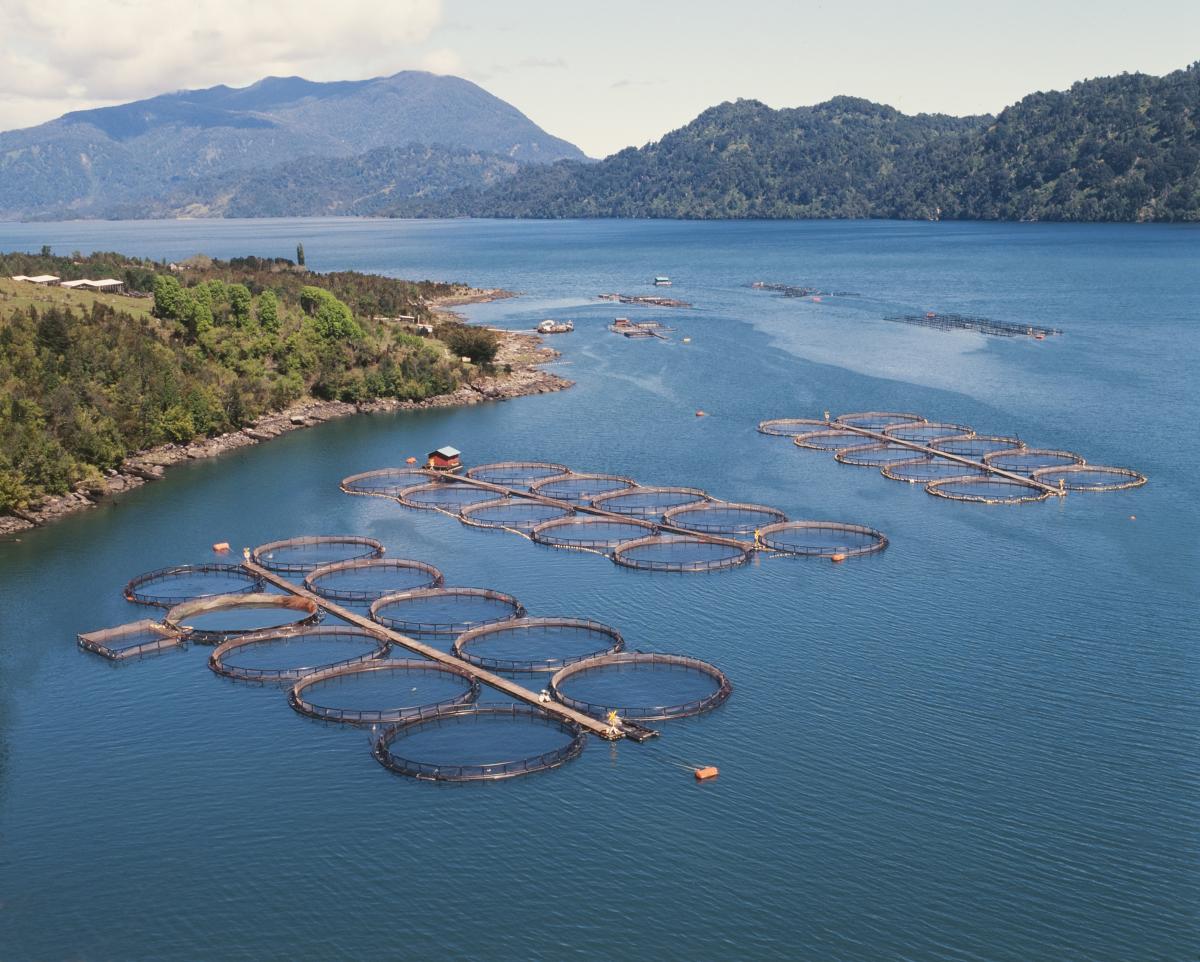June 16, 2017
What’s certified sustainable seafood, and does it actually help the ocean?
BY: Sarah Bedolfe
Seafood from well-managed wild fisheries and fish farms is some of the healthiest, most sustainable protein around. But how can ocean-conscious eaters tell the good from the bad? One way is to look for eco-labels that certify whether a fish was caught or raised in a responsible way. Behind these consumer-friendly labels, however, there’s an ocean of nuance.
Seafood certification initiatives can vary widely in what they measure and how effective they are at helping fishermen and fish farmers improve their operations. Read on get answers to seven common questions about eco-labels, and whether seeking out certified seafood is worth your while.
1. What is the goal of seafood certification?
Seafood certifications, or eco-labels, aim to incentivize seafood producers to act in a sustainable manner. They also help consumers distinguish between a dizzying array of fish and shellfish.
To encourage eco-friendly changes, certifiers set a certain threshold for sustainable fisheries. The standard has to be set just right to stimulate the most industry improvement without misleading consumers.
Determining this threshold is tricky, said Michael Tlusty, the Director of Ocean Sustainability Science at the New England Aquarium. If the bar is set very high, most producers won’t bother trying to achieve it. But if the bar is set too low, producers could be certified without actually improving. According to Tlusty, this is one of the central dilemmas for certifiers.
2. What factors do eco-labels look at?
Eco-labels typically use a detailed rubric to assess a range of environmental impacts. Wild fisheries assessments often examine how abundant a fish is, how and where it’s caught, and whether the fishing gear hurts habitat or marine animals. Aquaculture certifiers look at whether the fish farms are on land, in rivers or in the ocean, what kind of feed is used, if farmers apply pesticides or antibiotics, and how often farmed fish escape to the wild.
With so many factors to address, Tlusty said, rating sustainability becomes a complex process. Some audits have as many as 230 questions, which all lead to a single “yes” or “no” answer.
3. If a fishery isn’t eco-certified, does that automatically mean it’s not sustainable?
Producers usually pay for their sustainability assessments, which can be prohibitively expensive for small-scale fishers and aquaculturists. Just because they lack funds doesn’t mean these operations aren’t just as sustainable as their certified counterparts. It’s just harder for consumers to tell.
4. Are all certification schemes the same?
There’s a wealth of eco-label schemes out there. Some are developed by countries, others by nonprofits and industry bodies. Tlusty explained that different certification schemes have different goals, and target farms or fisheries at different levels of production.
Certification groups usually take one of two tacks. The first strategy is to set a gold standard, guiding consumers to seafood raised or harvested according to true best practices. The second approach aims to prompt improvements over a wider share of a sector. This method is less stringent but easier for producers to attain. National standards often adopt the second approach. This is why international benchmarks like the Global Sustainable Seafood Initiative were developed to fill in the gaps.
5. Does an eco-label mean you can compare seafood across species or production methods?
Because seafood is so diverse, it’s tough to make one-to-one comparisons across categories. Wild fisheries and aquaculture, for instance, place very different stresses on the environment. An eco-label can compare farmed salmon to other farmed salmon, but it can’t compare a farmed salmon to a wild salmon.
And even within aquaculture, there are different standards depending on what species is being farmed. For example, a salmon farm will almost always be worse for the environment than an oyster farm, even if both are certified. So, consumers should be wary of assuming that an eco-label means that all certified seafood is equally sustainable.
6. Do eco-labels actually help?
Just a fraction of seafood products can boast an eco-label — about 14 percent globally. The overwhelming majority of seafood comes from Asia, yet certified products are almost exclusively produced and eaten in Europe and North and South America. With such a skewed footprint, the potential benefits of certification may be limited. Many labels are currently trying to increase their reach while maintaining their standards. 
Some certifications have also been criticized for misleading consumers or “greenwashing.” In Chile, for example, salmon farmers rely on massive doses of antibiotics and pesticides to keep their densely packed fish from getting sick. A government program to certify antibiotic-free salmon farms means that some farmers are moving their operations into pristine areas like Patagonia, said Oceana Chile vice president Liesbeth van der Meer. Ironically, these untouched regions need the most protection from industrial aquaculture.
On a more positive note, certification standards may influence general industry guidelines. Tlusty acknowledged that the real impacts are hard to measure, but theorizes that certifiers improve the industry as a whole by defining best practices.
7. So, should I buy certified seafood or not?
When it comes down to it, eco-certification is a work in progress. A simple stamp of approval leaves little room for nuance. But this doesn’t mean seafood lovers should stop looking for ecolabels.
“There’s nothing wrong with certification if it’s done the right way,” van der Meer said. And independent guides like the Monterey Bay Aquarium’s Seafood Watch program offer some of the best — and clearest — advice for consumers, helping navigate the murky waters of both certified and uncertified seafood.
Ultimately, certifications are “one step on this path to sustainability,” Tlusty said. Certifiers are driving improvements for certain types of seafood, as are innovations in farming techniques. But science-based management and national laws are still essential to push for improvements in all fisheries and fish farms.



